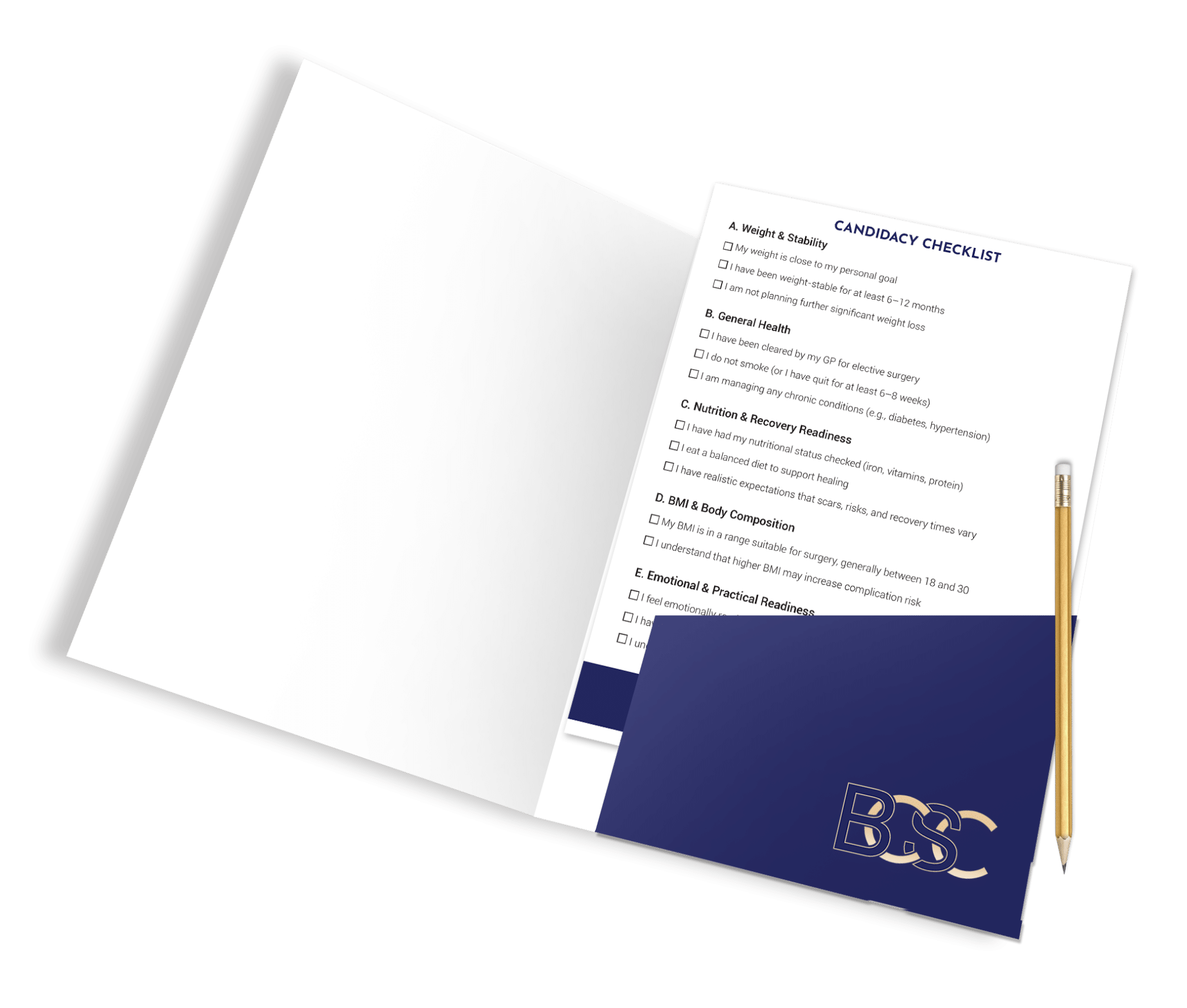Complications from Lower Trunk Operations Post Weight Loss
Lower torso and lower trunk procedures are a central part of body contouring surgery after major weight loss. Operations may include abdominoplasty (commonly known as tummy tuck), extended abdominoplasty, Fleur-de-Lis abdominoplasty, and circumferential lipectomy (also known as a lower body lift or belt lipectomy). For many post bariatric patients, these operations are carried out to remove excess skin and redundant skin that remains after significant or massive weight loss.
This article provides an overview of potential complications from lower trunk operations post weight loss. Understanding possible surgical complications helps patients prepare for consultations and set realistic expectations.

General anaesthetic
Why Complications Can Occur
Skin Quality and Elasticity
After massive weight loss, skin elasticity is often reduced. This can make wound closure more difficult and increase the risk of wound healing issues. Tension on tightened skin can contribute to wound separation, postoperative wound complications, or scarring. These are common wound complications for massive weight loss patients (1).
Nutrition and Bariatric Surgery
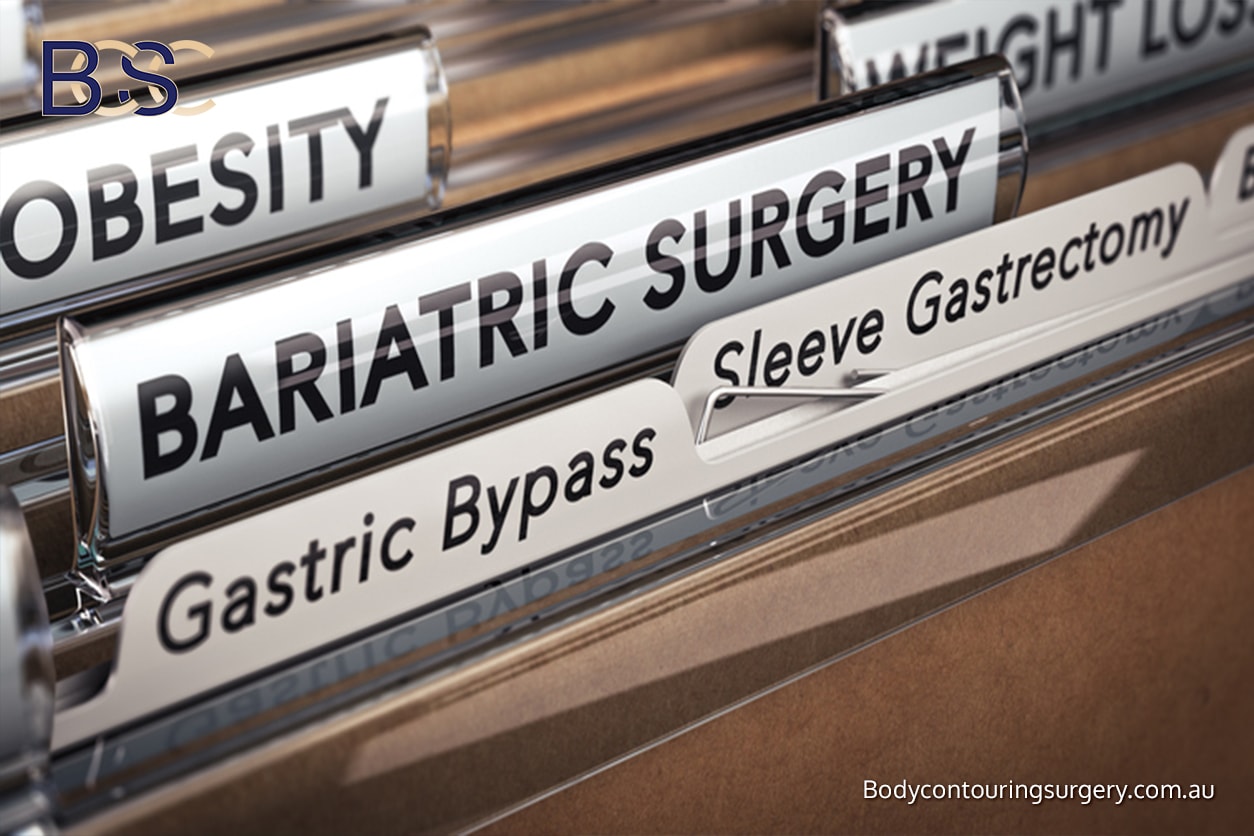
Nutrition and Bariatric Surgery
Patients who have had bariatric surgery such as sleeve gastrectomy, gastric bypass, or laparoscopic gastric banding may face nutritional deficiencies. Shortages of protein, vitamins, and minerals can affect wound healing and increase the risk of complications. Preoperative management with a dietitian is usually advised. These bariatric procedures may also result in long-term nutritional concerns if not carefully monitored (3).
Importance of Stable Weight
Surgeons generally recommend patients achieve a stable weight for at least 6–12 months before undergoing body contouring procedures. Patients who remain at a stable weight close to their goal tend to have fewer issues with recovery. For post bariatric surgery patients, stabilising both body weight and nutrition is especially important before surgery (3).
General Surgical Risks
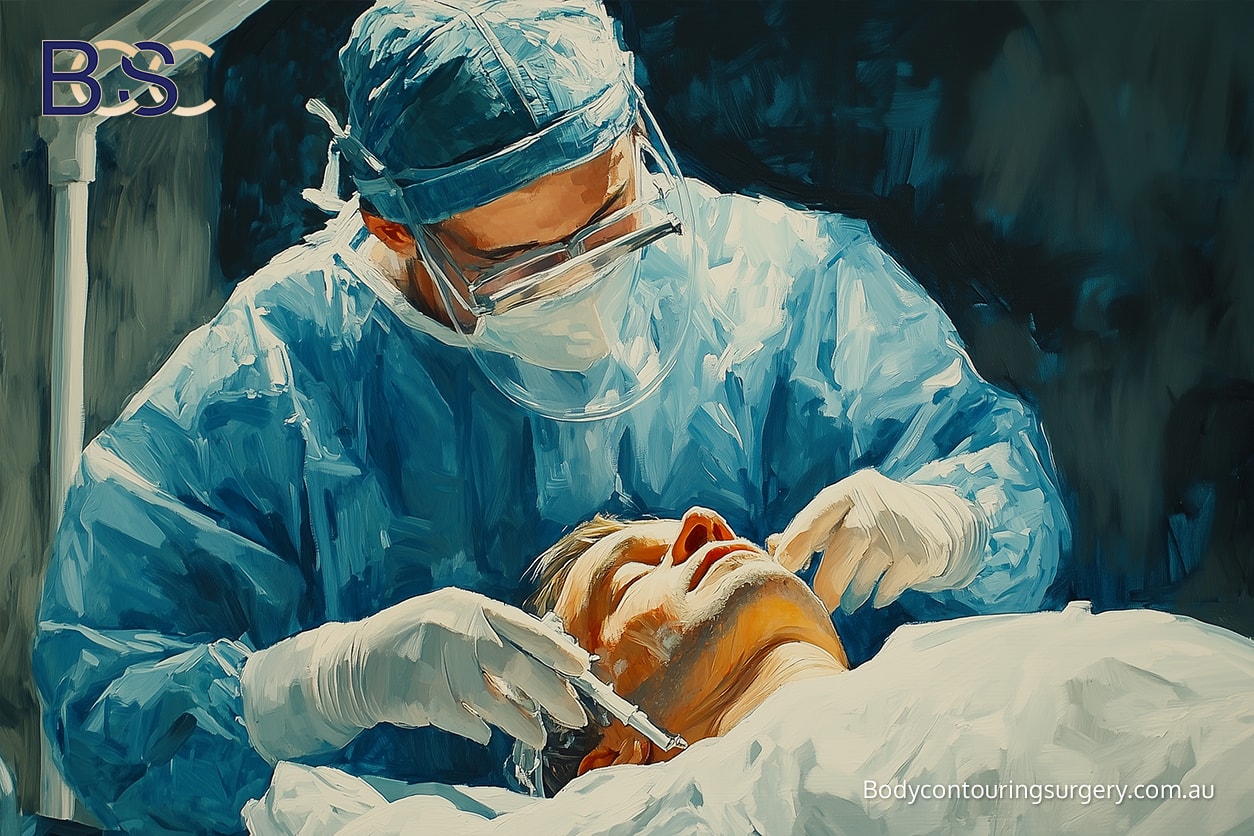
General Surgical Risks
All operations performed under general anaesthesia carry risks (1).
Anaesthetic Complications
- Possible issues: Rare complications may include allergic reaction, changes in heart rhythm, blood pressure fluctuations, or temporary breathing difficulties.
- Management: These are managed by anaesthetists with modern monitoring and immediate response if necessary.
Blood Clots
- Possible issues: Immobility after surgery can cause deep vein thrombosis (DVT). Severe cases may result in pulmonary embolism.
- Management: Prevention strategies include compression stockings, blood-thinning medication, and early walking (1).
Bleeding and Haematoma
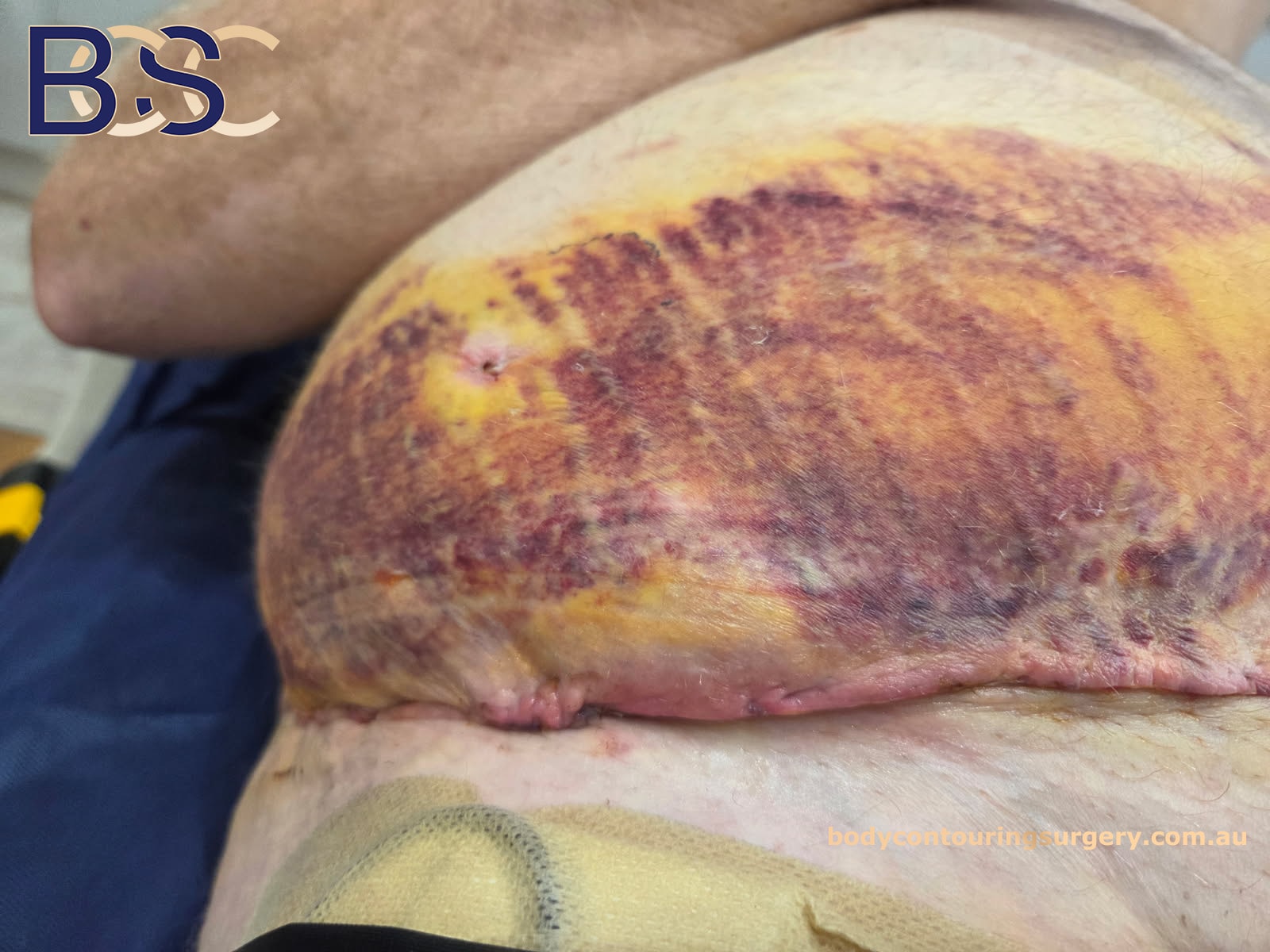
Haematoma post surgery
- Possible issues: Post operative bleeding or haematoma may cause swelling and discomfort.
- Management: Small haematomas may resolve naturally, but larger ones may require drainage (2).
Infection
- Possible issues: Wound infections may occur despite antibiotics.
- Management: Minor cases are treated with oral medication; more severe infections may require IV antibiotics or surgical cleaning (1).
Early Complications
Seroma
- Explanation: A seroma is a pocket of fluid that can form beneath the skin after body contouring operations.
- Management: These can be managed with aspiration or drains during recovery (3).
Wound Separation
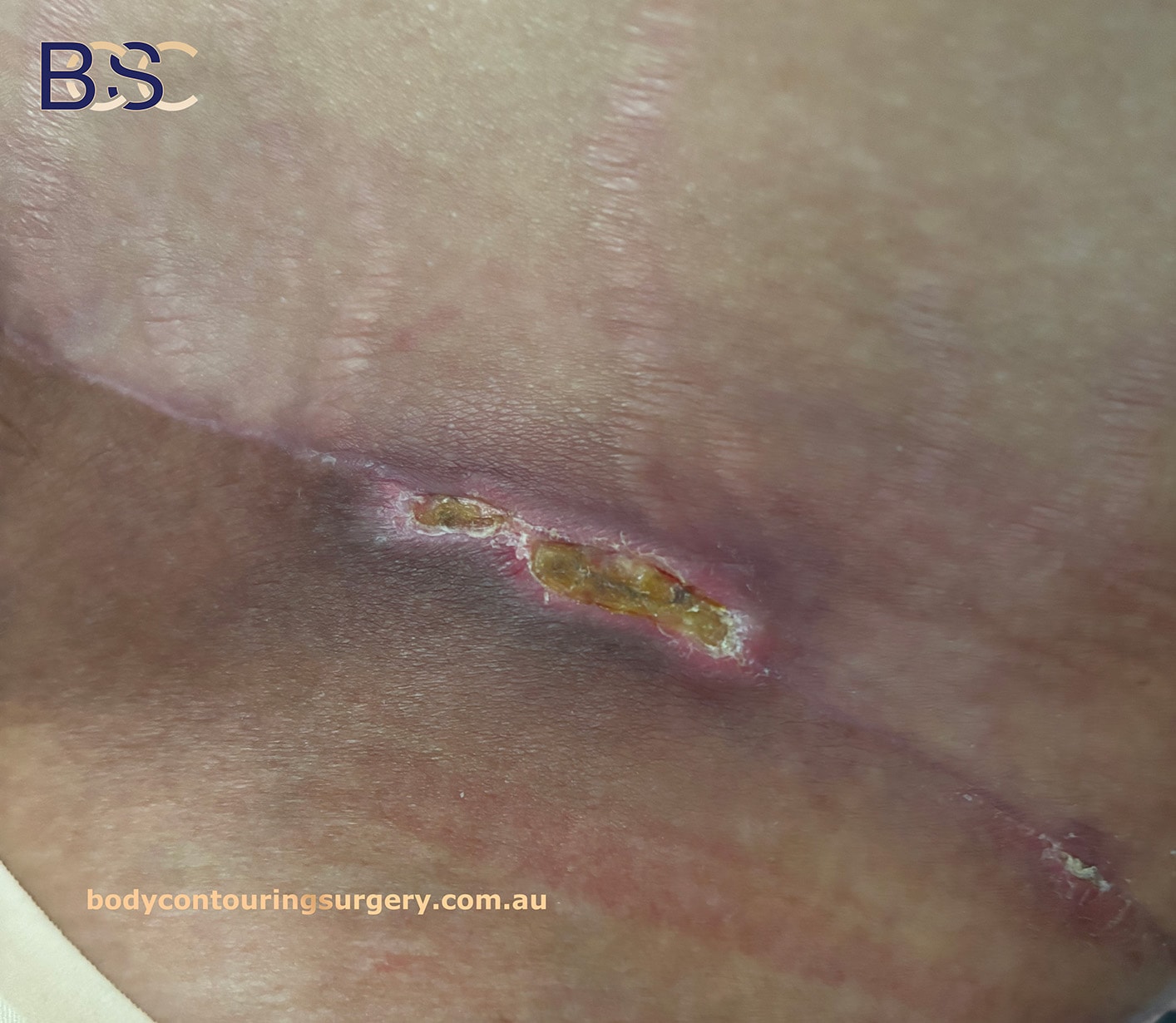
Wound Separation
- Explanation: Skin edges may separate due to tension or reduced blood supply.
- Management: Small separations can be managed with dressings; larger areas may require hospital care or revision surgery (1).
Necrosis (Skin Loss)
- Explanation: Reduced blood supply can cause areas of tightened skin to die off in the early recovery stage.
- Management: Necrotic tissue must be removed. Healing may involve negative-pressure therapy, advanced dressings, or in some cases grafting procedures (1,2).
Late Complications
Scarring
- Explanation: All abdominal contouring operations leave scars, which may widen or thicken over time.
- Management: Silicone, laser therapy, or revision may be considered (3).
Nerve Changes
- Explanation: Areas of numbness are common; some patients may experience longer-term nerve sensitivity.
- Management: Sensation generally returns with time. Physiotherapy or medication may assist if symptoms persist (3).
Complication Rates in Post Bariatric Patients
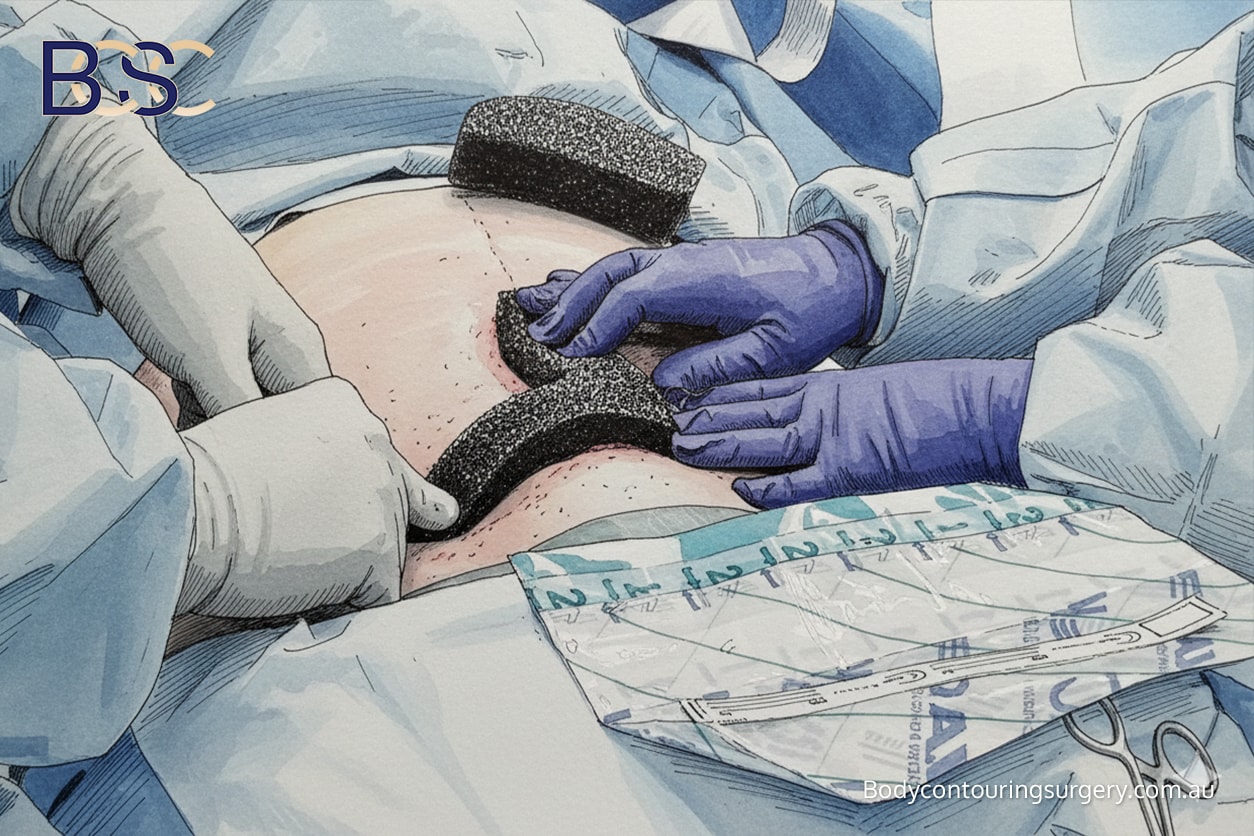
Applying VAC dressing
Postbariatric patients may experience a relatively high complication rate due to nutrition and healing challenges. Published studies in Plast Reconstr Surg (Plast Reconstr) and other clinical medicine journals report that complication rates are higher among obese patients or those with ongoing excess weight (1,3). Some research uses the Clavien Dindo classification to grade complication severity (1,2,4).
What is the Clavien–Dindo (CD) system?
The Clavien–Dindo classification is a therapy-oriented, five-grade framework for reporting postoperative complications. Each grade reflects the intensity of treatment required to manage the complication, which makes the system simple, reproducible, and highly reliable between raters. It was introduced in 2004 and validated across surgical specialties in 2009 (1,2).
Grade I
Any deviation from the normal postoperative course not requiring drugs, interventions, or radiologic procedures beyond simple bedside care (e.g., dressings, wound care)
Grade II
Complications requiring pharmacologic treatment (e.g., antibiotics, blood transfusion, TPN)
Grade III
Complications requiring surgical, endoscopic, or radiologic intervention
• IIIa: without general anaesthesia
• IIIb: under general anaesthesia
Grade IV
Life-threatening complications requiring ICU care
• IVa: single-organ dysfunction
• IVb: multi-organ dysfunction
Grade V
Death of the patient
Chart: Clavien–Dindo complication rates in post-bariatric abdominoplasty
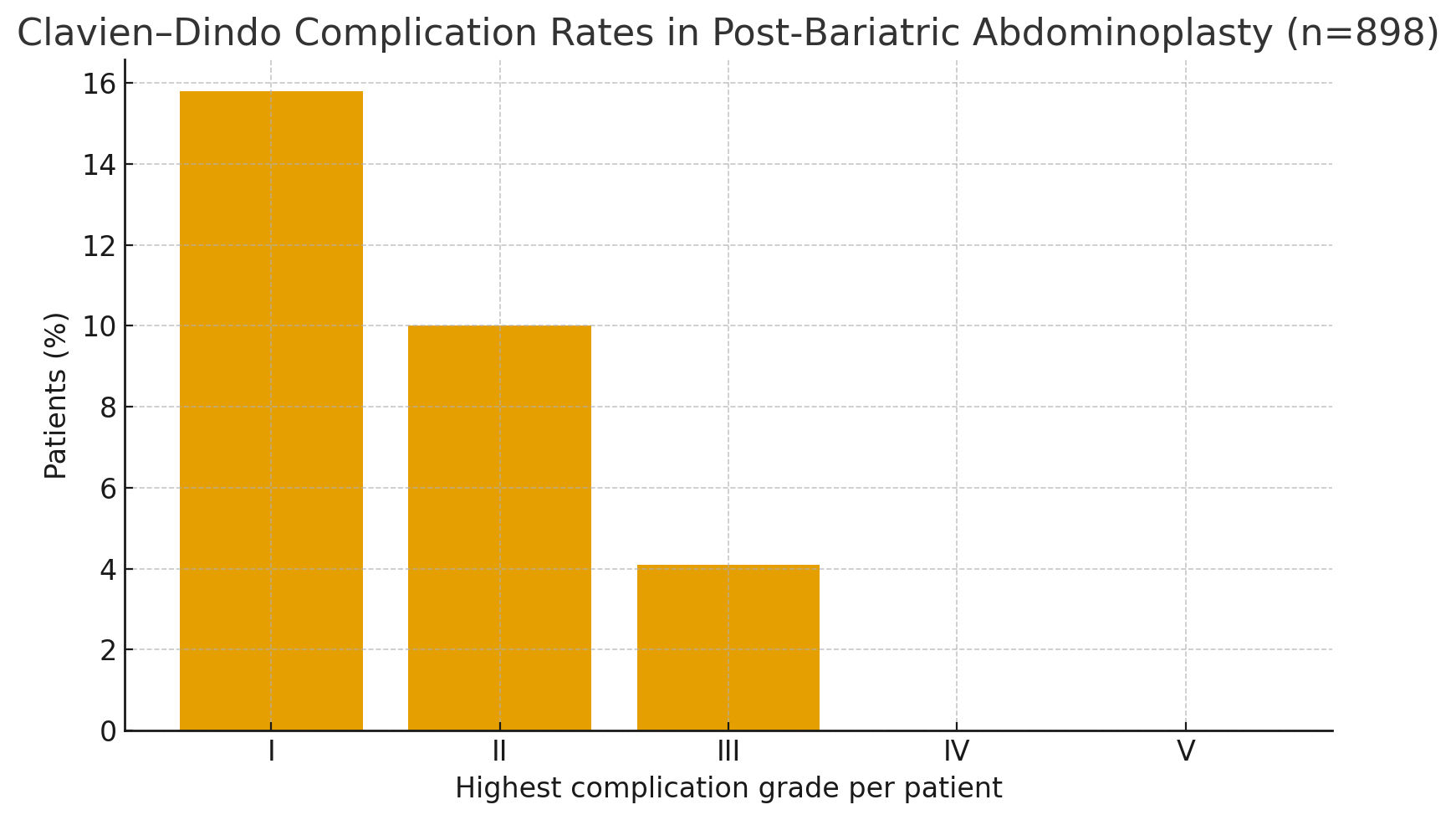
Clavien–Dindo complication rates in post-bariatric abdominoplasty
In one large post-bariatric abdominoplasty cohort (n=898): Grade I 15.8%, Grade II 10.0%, Grade III 4.1%, Grade IV 0%, Grade V 0%; overall any-complication rate 29.8%. These data come from De Paep et al. (3).
Why CD is used in body-contouring research
Recent body-contouring studies employ CD to standardise reporting and correlate grades with outcomes such as hospital stay and follow-up burden (4).
Risk Factors

BMI
Patient Risk Factors
- Body mass index (BMI): Higher BMI is linked with a higher risk of complications (3).
- Smoking: Associated with post operative complications such as wound infections (1).
- Diabetes and metabolic syndrome: Can impair wound healing (1).
- Older age: Linked with slower recovery (3).
Surgical Risk Factors
- Larger body contouring procedures and combined operations carry increased risks (3).
- Surgical technique and wound tension can increase the chance of breakdown (1).
- The amount of resected tissue can affect recovery (3).
- Risk factor analysis in published studies has shown some factors are considered statistically significant (3).
Complications by Procedure
Standard Abdominoplasty
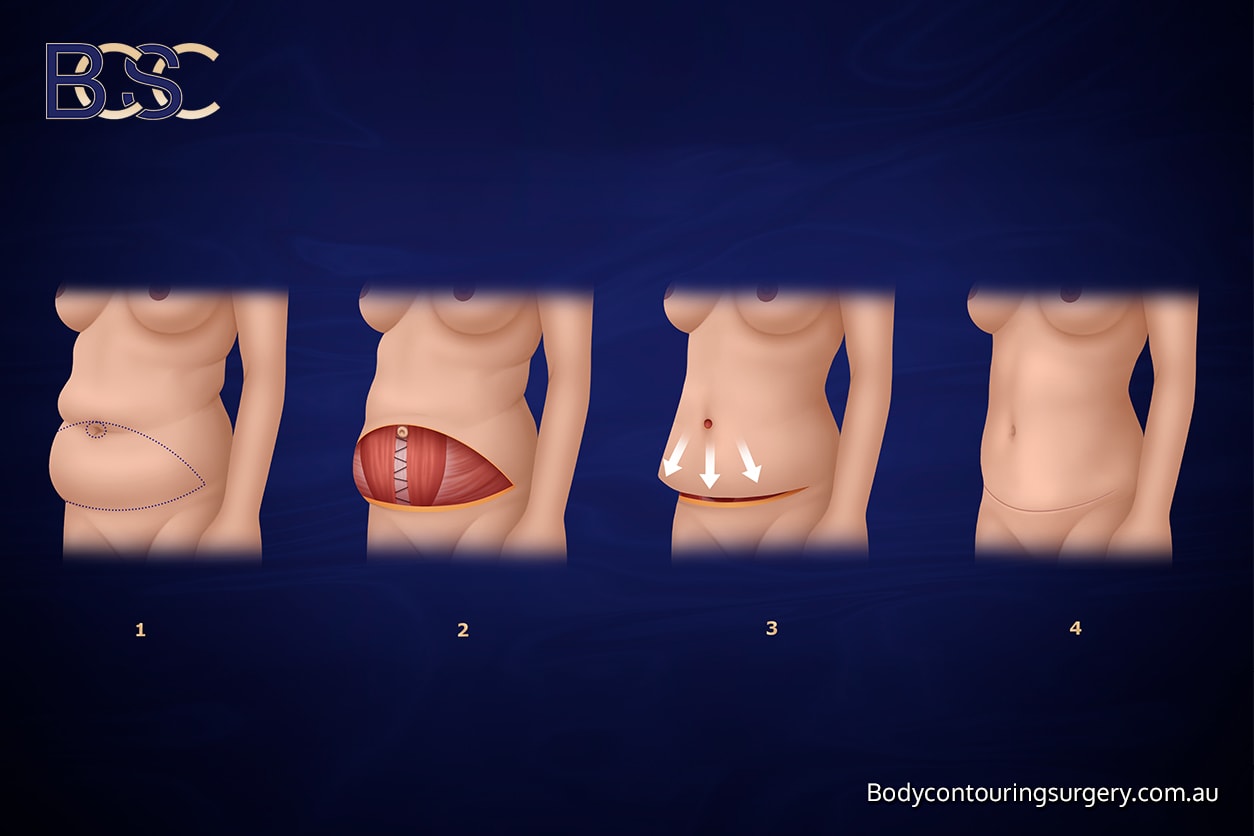
Standard abdominoplasty
- Risks: Seroma, wound separation, infection (3).
- Management: Drainage and wound care as required.
Fleur-de-Lis Abdominoplasty
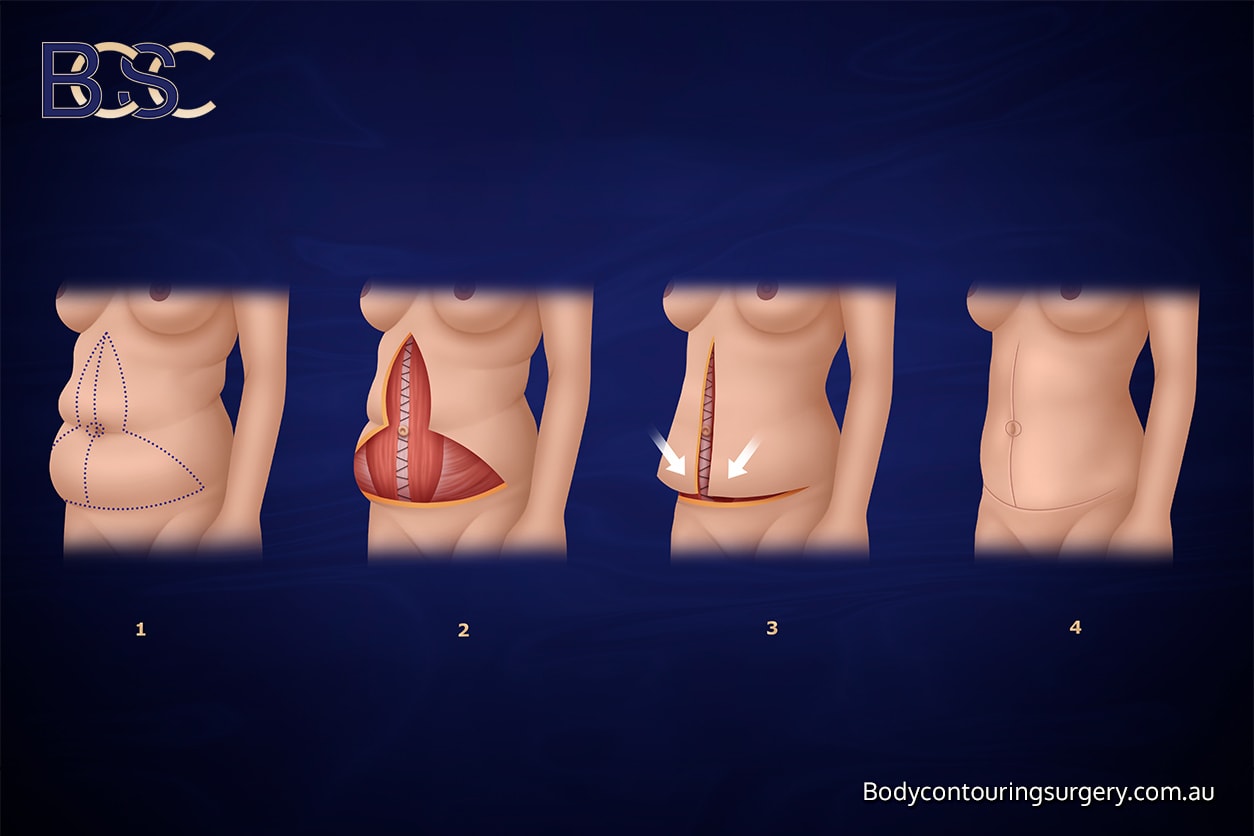
Fleur-de-Lis Abdominoplasty
- Risks: Higher wound tension can increase the likelihood of post operative complications (3).
- Management: Dressings and wound monitoring, revision if necessary.
Belt Lipectomy / Lower Body Lift
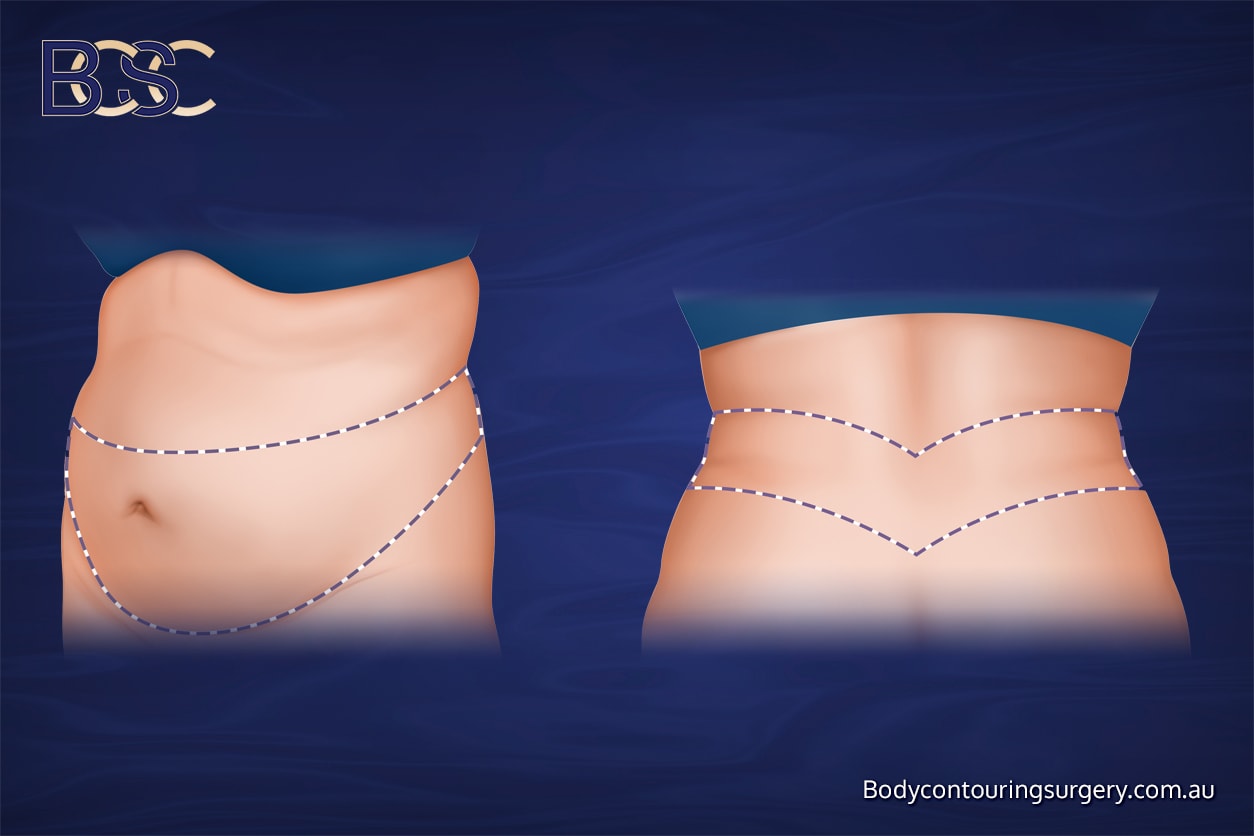
Belt lipectomy
- Risks: A 360-degree incision is linked with higher complication rates (3).
- Management: Extended recovery, transfusion if needed, or staged planning.
Extended Abdominoplasty
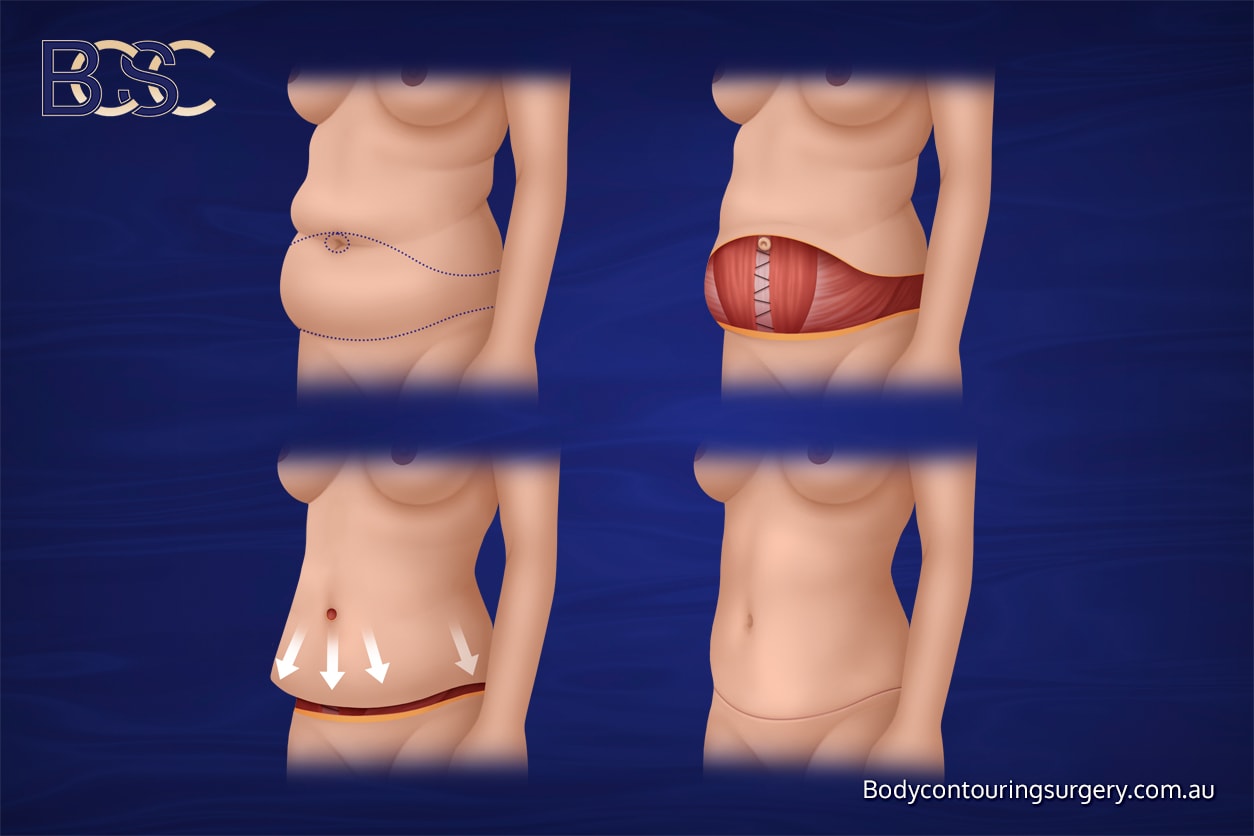
Abdominoplasty
- Risks: Similar to standard abdominoplasty but over a larger area (3).
- Management: Requires longer recovery and wound support.
Other Operations
- Procedures such as lateral thigh lift and body lift can carry additional wound risks (3).
Bariatric Surgery-Specific Considerations
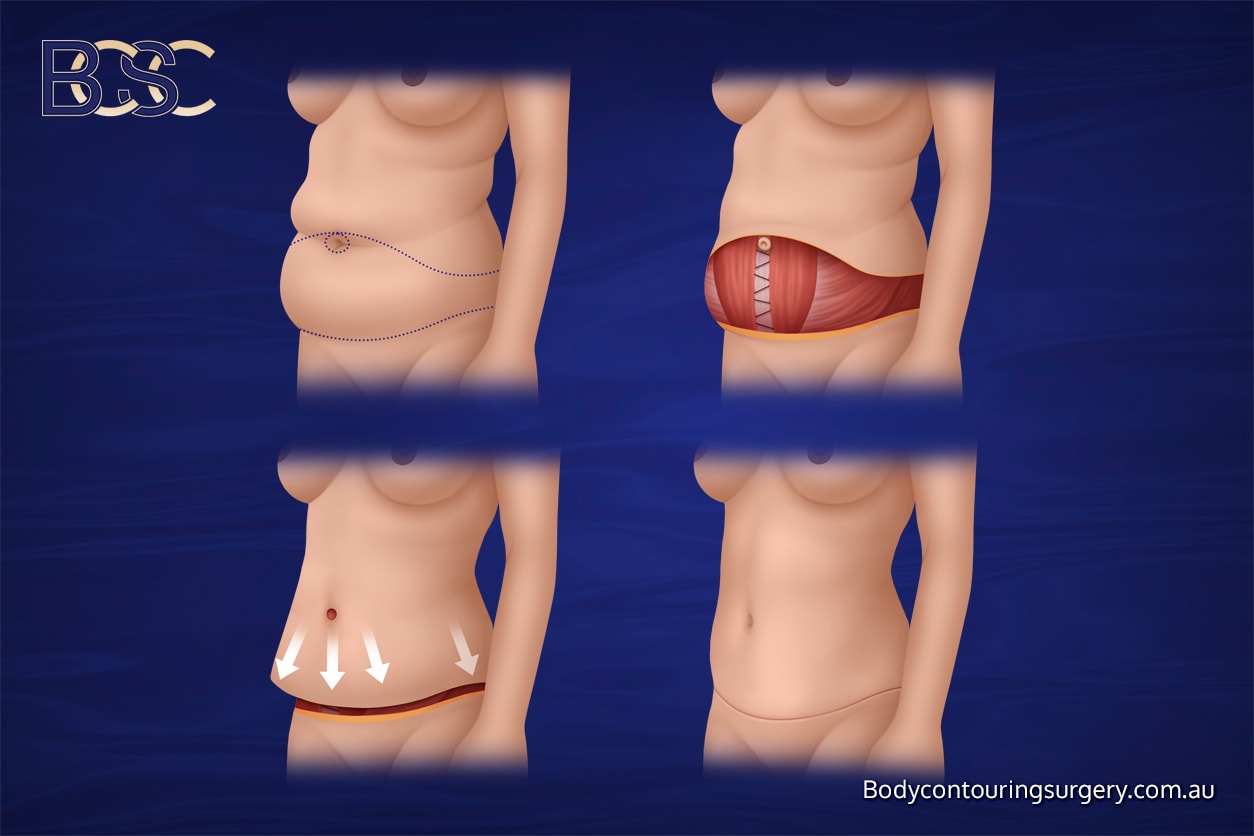
Circumferential lipectomy
Gastric Bypass
- Risks: Higher risk of nutritional deficiencies and long-term issues (3).
- Management: Requires lifelong supplements and regular monitoring.
Sleeve Gastrectomy
- Risks: Nutritional issues are usually less severe but still relevant (3).
- Management: Long-term dietary support is recommended.
Adjustable Gastric Banding / Laparoscopic Gastric Banding
- Risks: Device-related complications may affect anaesthetic planning (3).
- Management: Collaboration with bariatric specialists may be required.
Duodenal Switch
- Risks: Higher risk of malnutrition and complex long-term complications (3).
- Management: Requires ongoing specialist follow-up and advanced nutrition support.
Lifestyle & Long-Term Outcomes
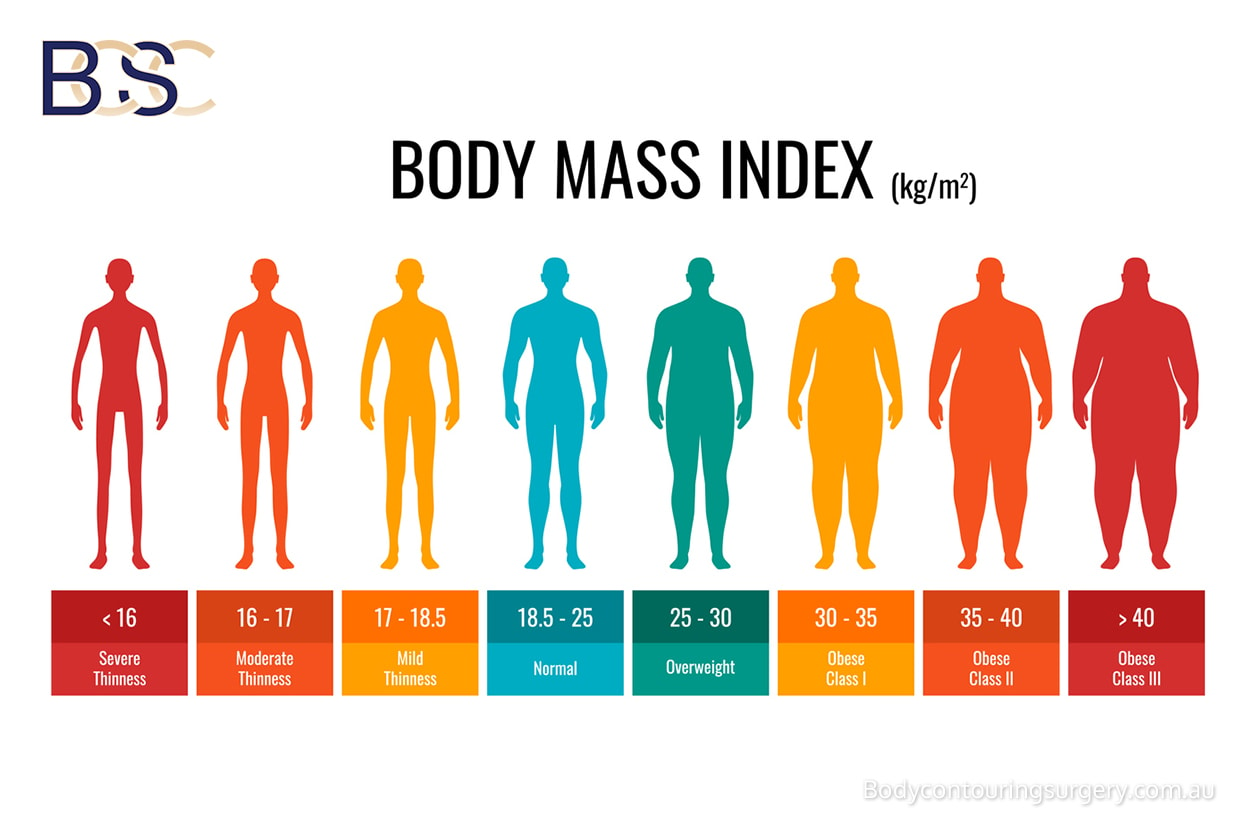
BMI
Weight Regain
Weight regain may stretch scars and affect body contouring outcomes. Maintaining a stable weight is important for long-term results (3).
Ageing
Skin continues to lose elasticity over time, and some patients may seek revision reconstructive surgery in the future (3).
Lifestyle and Health
A healthy diet, regular exercise, and avoiding smoking impacts long-term physical health and may reduce the risk of complications (3).
Common Patient Questions
What Complications Are Common After Post Bariatric Abdominoplasty?
- Wound separation (3).
- Seroma (3).
- Postoperative complications are more frequently reported in postbariatric reconstructive patients (3).
What Long-Term Effects Can Weight Loss Surgery Have?
- Lifelong nutritional supplementation (3).
- Possible weight regain (3).
- Long-term complications such as strictures, hernias, or bowel obstruction (3).
- Some post-bariatric surgery patients may experience dumping syndrome after gastric bypass (3).
Conclusion

Surgeon
Lower torso and lower body operations after weight loss surgery are complex. Published data indicates complication rates are higher in this group compared with other cosmetic or other reconstructive surgery procedures (3). Careful preparation, achieving a stable weight, and multidisciplinary care can reduce—but not remove—the risks of both major complications and minor complications (1,3).
- Dindo D, Demartines N, Clavien P-A. Classification of surgical complications: a new proposal with evaluation in a cohort of 6336 patients and results of a survey. Ann Surg. 2004;240(2):205-13.
- Clavien P-A, Barkun J, de Oliveira ML, Vauthey J-N, Dindo D, Schulick RD, et al. The Clavien-Dindo classification of surgical complications: five-year experience. Ann Surg. 2009;250(2):187-96.
- De Paep K, Van Campenhout I, Van Cauwenberge S, Dillemans B. Post-bariatric abdominoplasty: identification of risk factors for complications. Obes Surg. 2021;31:3203-9.
- Morselli PG, Boriani F, Martoni A, Cera A, Fabbri E, Baldassarre E, et al. The Clavien–Dindo classification for body-contouring surgery: correlation with length of stay and follow-up. Life (Basel). 2024;14(9):1120.
